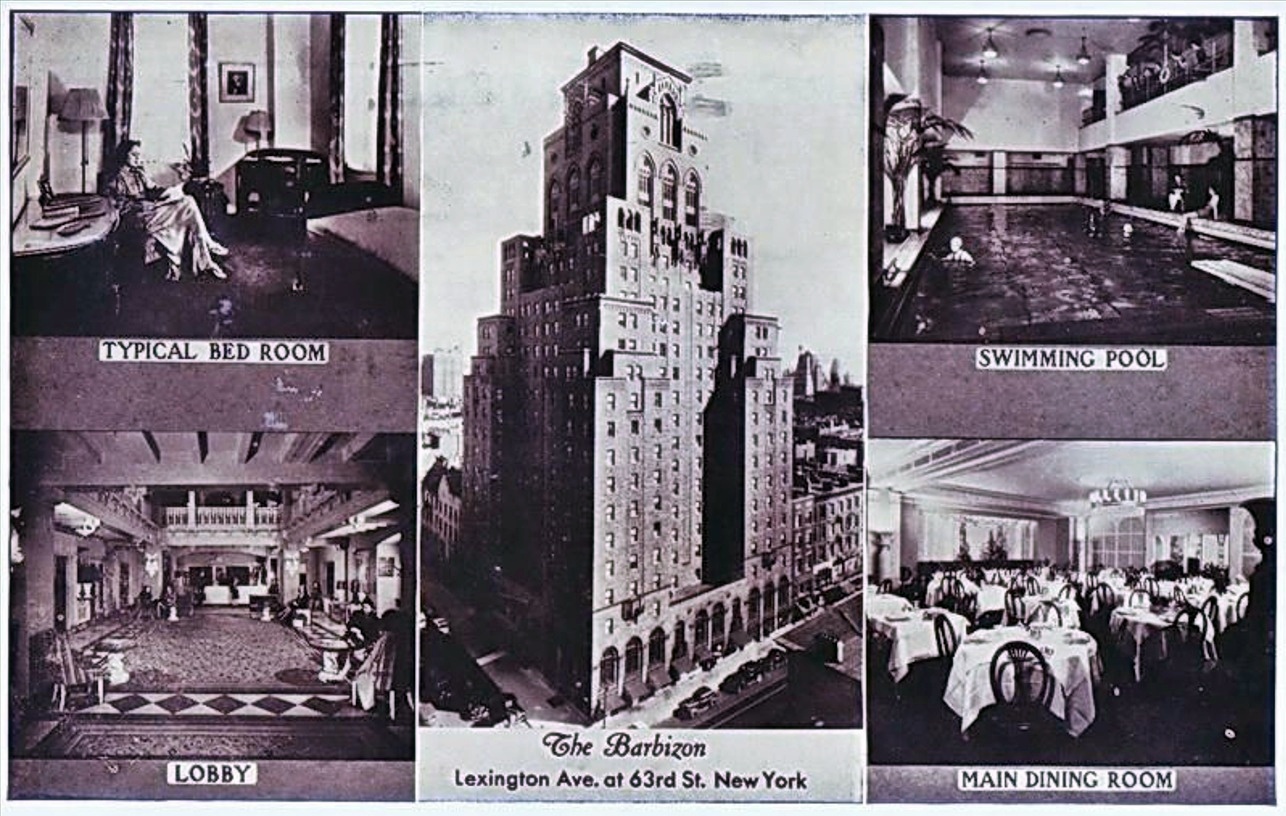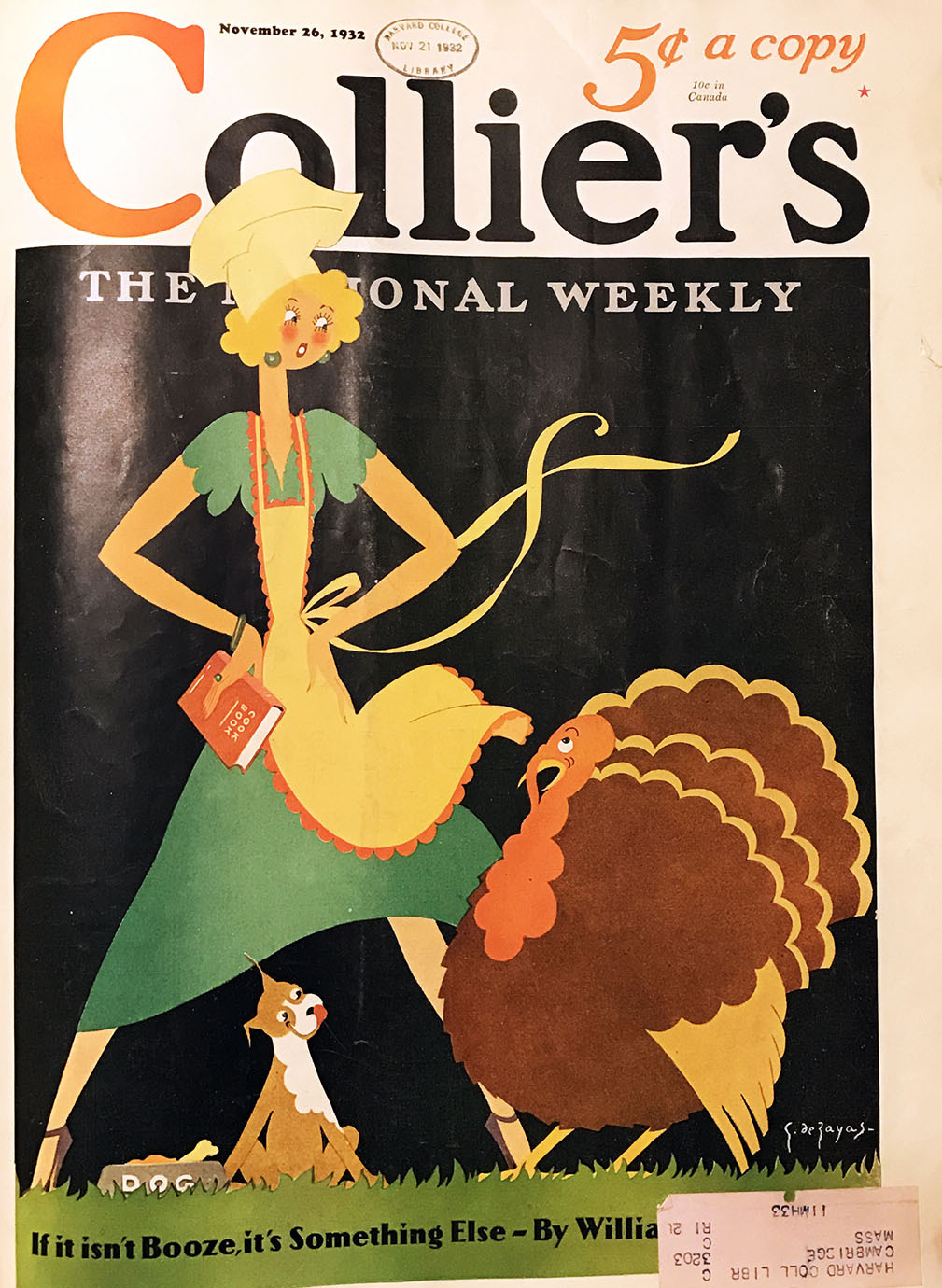Here, there, everywhere hats…
Edwardian women must have spent most of their time dressing for whatever came next in their day/night. It wasn’t unusual for upper-class women to have at least six changes of clothing for a weekend outing. One needed to dress for shooting, hunting, lounging, promenading, dining, and more. No accessory was more important to finish off the properly attired Edwardian women than the hat.
![By whatsthatpicture [CC BY 2.0 (http://creativecommons.org/licenses/by/2.0)], via Wikimedia Commons Edwardian ladies at tea wearing hats](https://recollections.biz/blog/wp-content/uploads/2016/05/facebook02.jpg)
Edwardian women enjoying tea
The Edwardian era is probably best known for the large-brimmed variety, such as those seen in the movie My Fair Lady. However, hats of the era took on a variety of shapes and sizes. At the start of the first decade of the 20th century, they were still swirly and swooped around the head. Pauline Weston Thomas of Fashion-Era.com describes early Edwardian hats as having “lavish brims swept around the face creating an illusion of a hat suspended as if by magic on the head… an amorphous mass swathed in tulle and smothered in flora, rosettes or plumage. After 1903 large lace veils gave an impression of the hat being a frothy mass.” It was also fashionable to cantilever the hat over the face, almost to the eyes. Wide, brimless hats, known as toques, were also popular during the era.
As silhouettes became more slender, hats became wider and veils disappeared. Even toques were designed to sit properly on a pompadour. A musical titled ‘The Merry Widow’ opened in London in 1907. An actress named Lily Elsie was the leading lady. Her costumes, including hats, were designed by Lucile, a popular designer of the day. The black wide brimmed plumed hat was as popular as the actress and the play. This style of hat remained popular until 1914.
![By ca. 1920 [Public domain], via Wikimedia Commons Lily Elsie Merry Widow Edwardian hats](https://recollections.biz/blog/wp-content/uploads/2016/05/pinterest02.jpg)
Miss Lily Elsie wearing the ‘Merry Widow’ hat
Plumage and stuffed bird use was so widespread on hats of the era that there was a considerable concern for the safety of the birds. Laws were enacted to protect birds which caused milliners to use more ribbon and tulle instead. Feathers were limited in use but large in size. Ostrich farms switched to feathers that were removed through preening or other natural causes creating a sustainable system in which birds were not harmed for the sake of making a hat.
The growing popularity of the cinema held sway over Edwardian fashion. The http://www.fashion-era.com/hats-hair/hats_hair_6_fashion_history_1900_1920.htm>.
“Womens Edwardian Hats History (Titanic Era).” VintageDancercom. N.p., 2011. Web. 27 Apr. 2016. <http://vintagedancer.com/1900s/history-and-fashion-of-womens-titanic-hats-edwaridan-era/>.












Leave A Comment